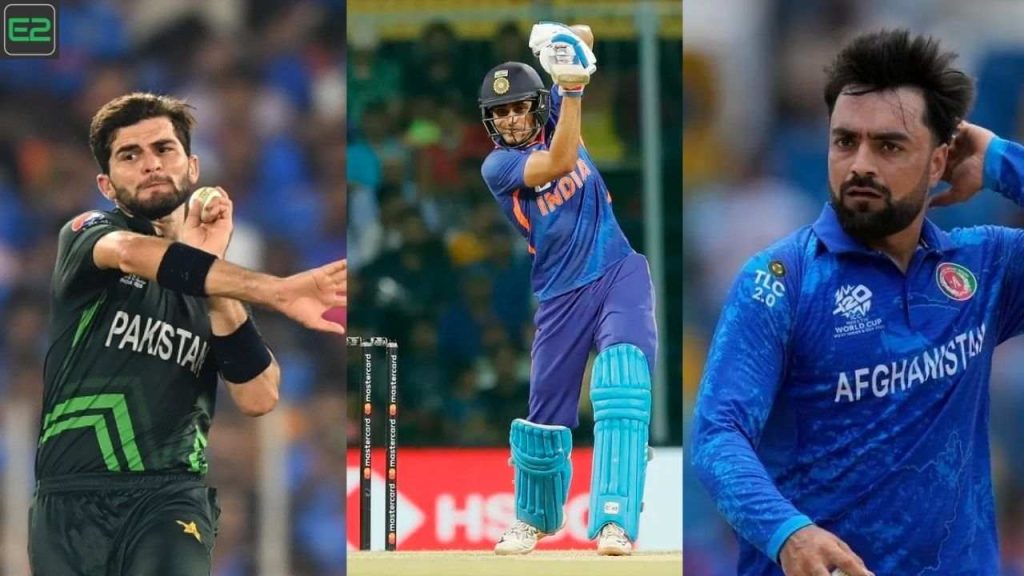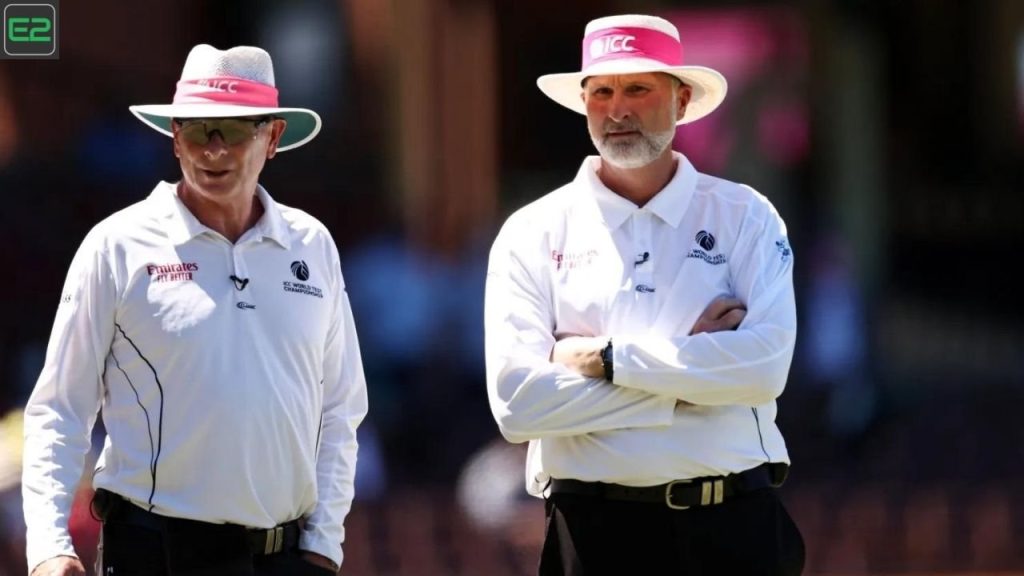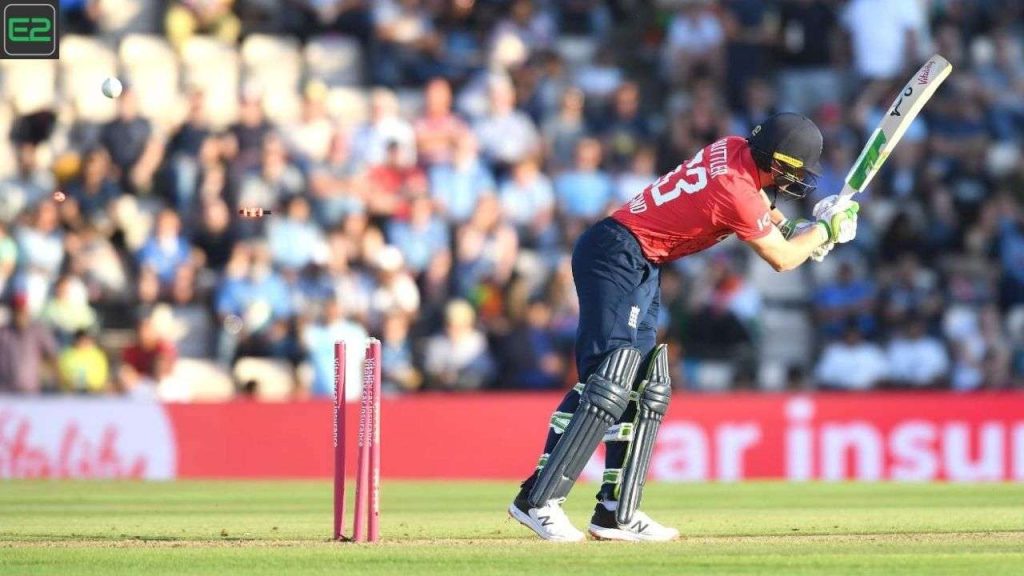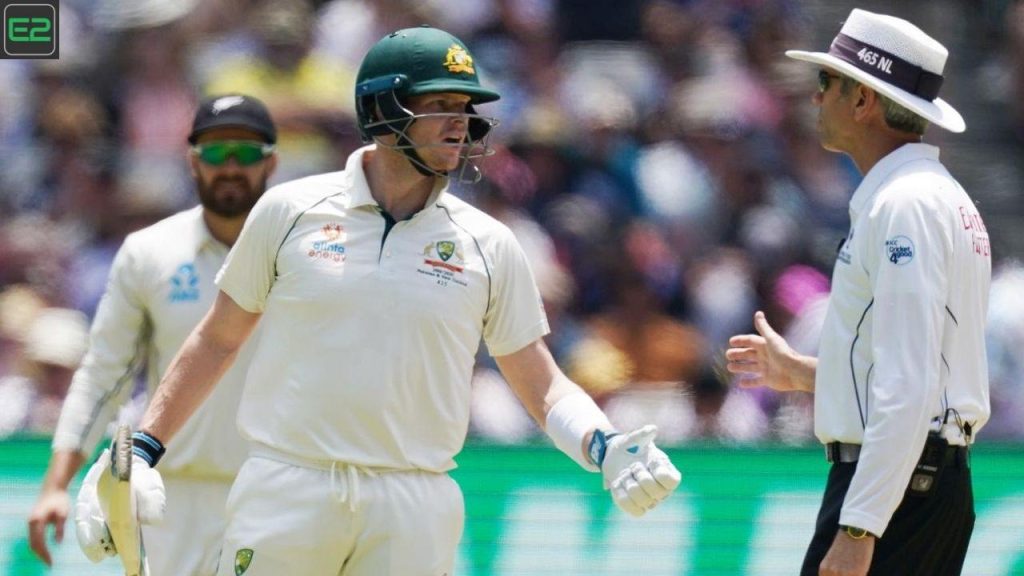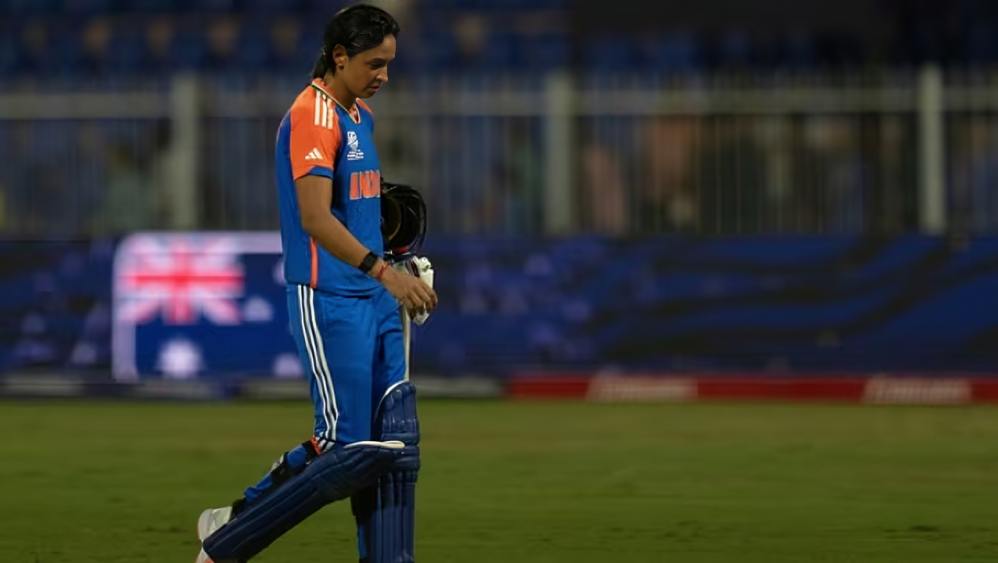How many overs can a bowler bowl in the IPL (Indian Premier League) and why? Know the rules of the most celebrated T20 cricket tournament in the world.
One of the biggest reasons why the Indian Premier League has retained its popularity with the masses over decades is the distinct regulations. From impact players, powerplay and free hit to how many overs can a bowler bowl in IPL.
The Indian Premier League (IPL), a pinnacle of T20 cricket, has been operating under its own set of guidelines. Here, we will unravel the complexities of bowling allocations across Cricket’s myriad formats, apart from IPL, and specifically examine the limits placed on bowlers in T20 cricket.
How many overs can a bowler bowl in IPL
IPL follows the standard rules and guidelines set by the International Cricket for T20Is in terms of the number of overs a bowler can bowl. As per rule 13.9 from the “ICC Men’s Twenty20 International Playing Conditions” released in 2021, “No bowler shall bowl more than 4 overs in an innings”.
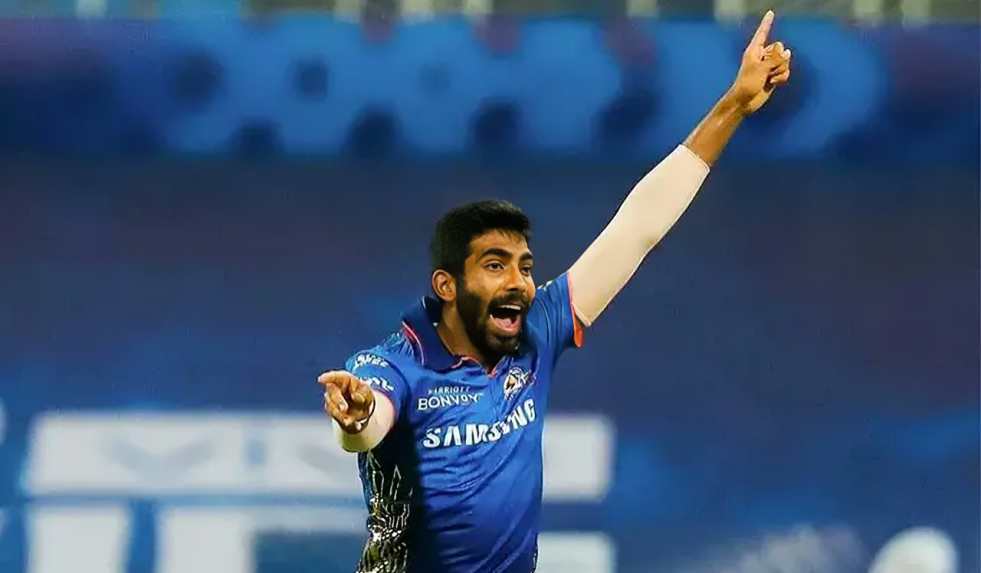
The rule also states that in case a match is interrupted by rain or other unforeseen situations and the overs are truncated for both sides or the side bowling later, the number of overs per bowler will also reduce accordingly.
As per rule 13.9.2.1 “For innings of rescheduled length of at least 10 overs, no bowler may bowl more than one-fifth of the total overs allowed. Where the total overs is not divisible by
5, one additional over shall be allowed to the maximum number per bowler necessary to make up the balance.”
It further states in rule 13.9.2.2 that “For innings of rescheduled length of between 5 and 9
overs, no bowler may bowl more than two overs.”
Limiting a bowler’s quota of overs to just four overs provides the perfect balance between batting and bowling that forces the fielding to strategize their bowling changes as well as team selection.
This ensures that a bowling-heavy IPL franchise doesn’t have an unfair advantage of bowling five to seven overs by their best bowlers and the contest stays competitive for the most of 20 overs.
In case of a delayed or interrupted match, no bowler may bowl more than one-fifth of the total overs allowed, where the overs are lowered for both teams or the team bowling second.
How many overs can a bowler bowl in T20?
In the dynamic world of T20 cricket, bowlers are constrained to a maximum of four overs per match. The reason for this restriction remains the same as is the case in IPL, as the rule is strategically designed to maintain an equilibrium between bat and ball, thus ensuring that the viewers and fans get an exhilarating and competitive spectacle.

The four-over limit is a way to encourage teams to devise efficient bowling plans while at the same time accentuating reliable and significant performances in a short amount of time.
How many overs can a bowler bowl in Test cricket
Test cricket, as the name suggests, is the oldest and longest format of the game and is designed to examine a cricketer’s skill, stamina and determination for five days. With no limits on how many overs one can bowl in Test cricket, the bowlers are provided a considerably larger canvas.
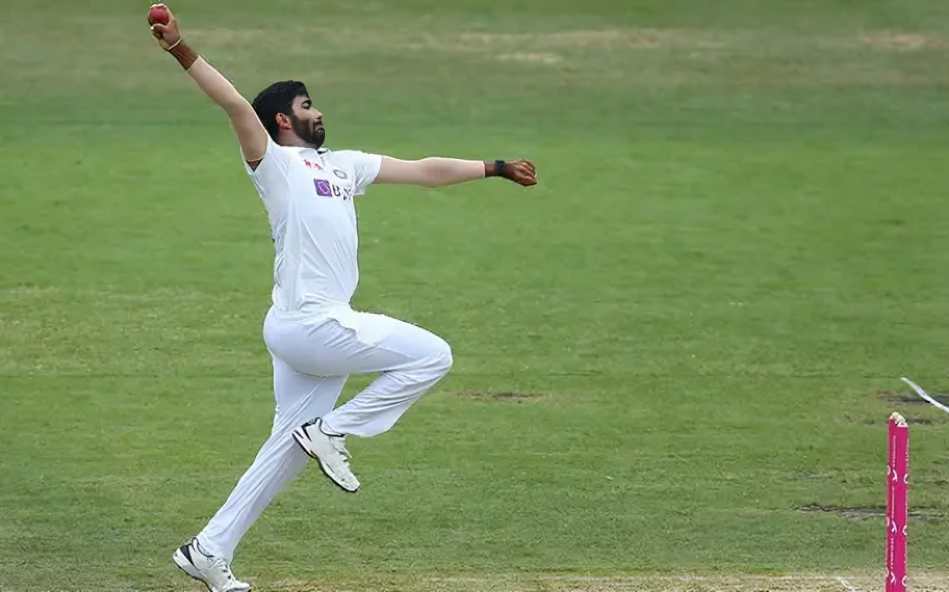
However, as per cricket rules, a bowler can bowl consecutive overs. This means that in the standard 90-over cricket that is played on one uninterrupted day of Test cricket, one bowler can bowl a maximum of 45 overs. Test cricket has a variable amount of overs, hence captains can modify their plans according to the performance of their bowlers and the nature of the game
Usually, fast bowlers bowl less number of overs than spinners for the obvious energy and power they use to bowl. The most overs ever bowled in one inning was 98 by West Indies’ right-arm off-break bowler Sonny Ramadhin.
How Many Overs Can a Bowler Bowl in a One-Day International Cricket Match?
The duration of Test matches and the brevity of Twenty20 cricket matches are balanced by One-Day Internationals (ODIs). Bowlers are only allowed to bowl for a maximum of 10 overs in an ODI match. This limit forces teams to deliberately rotate their bowlers and make the most use of their bowling resources to provide the opponent with a difficult and varied bowling attack

How many overs can a bowler bowl in 60-Over cricket?
Even though it is less popular than T20 or ODI cricket, 60-over cricket is still played in a few domestic and club leagues. Bowlers often have a maximum limit of 12 overs in a 60-over match. Compared to ODIs, this format permits a slightly longer bowling stint, which highlights the necessity of strategic bowler usage to keep the opposition under pressure.
How Many Overs Can a Bowler Bowl in T10 Cricket?
The newest and shortest cricket format, T10 cricket tests the limits of brevity even more. Bowlers are limited to two overs in T10 matches and because every delivery matters so much in the grand scheme of things, bowlers and captains must use bold and creative methods in this format. In T10 cricket, bowlers have to be at the top of their game to have an impact in such a short amount of time in this fast-paced format.
How many overs can a bowler bowl in 40-over cricket
There are local and regional competitions that use a 40-over format. Bowlers are normally allotted a maximum of eight overs per match in this intermediate style. The 40-over format creates a compromise between the lengthier innings of One-Day Internationals and the shorter T20s, thus giving bowlers a chance to establish a rhythm but still feeling pressure to take quick wickets to control the game.
Different cricket forms have different bowler allotments, each with its special chances and challenges. As the leading T20 competition, the IPL emphasizes how important it is to bowl effectively and efficiently in a limited amount of time—four overs. Conversely, Test cricket tests the endurance and strategic acumen of bowlers with its 15-over daily limit. Understanding these intricacies enhances the appreciation of the diverse cricketing formats, showcasing the adaptability and skill of bowlers across the spectrum of the game.



